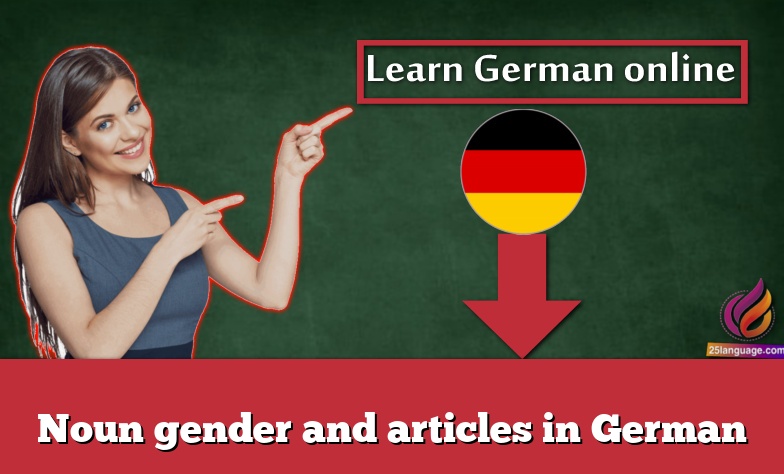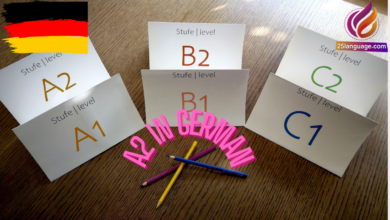Noun gender and articles in German

Learning noun gender and articles in German can be challenging but with practice, it becomes easier. Here are some tips to help you learn noun gender and articles:
- Memorize Noun Genders: Start by memorizing the gender (masculine, feminine, or neuter) of nouns. Whenever you learn a new noun, make sure to learn its gender along with the word itself. Use flashcards or create a list of nouns with their corresponding genders to review regularly.
- Learn Articles: Study the definite articles (der, die, das) and indefinite articles (ein, eine) for each gender. Pay attention to the changes in articles based on the case and number of the noun.
- Observe Patterns: Look for patterns in noun genders. For example, many nouns ending in -ung (die Anmeldung, die Ausbildung) are feminine, while nouns ending in -chen and -lein (das Mädchen, das Büchlein) are neuter. However, be aware that there are exceptions to these patterns.
- Use Noun Gender Lists: Create lists of nouns categorized by their gender. Practice memorizing the gender of nouns in context by using these lists. You can also find online resources and textbooks that provide noun gender lists to supplement your learning.
- Pay Attention to Gender Markers: Pay attention to gender markers such as suffixes, word endings, or specific word groups that indicate the gender of a noun. For example, many nouns ending in -e (die Liebe, die Wahrheit) are feminine.
- Associate Nouns with Articles: When learning a new noun, always learn it with its corresponding article. For example, instead of learning “Haus” on its own, learn it as “das Haus” (the house). This helps reinforce the gender and article association in your mind.
- Practice with Noun Gender Exercises: Work on exercises specifically designed to practice noun genders and articles. These exercises may involve selecting the correct article, filling in the blanks with the appropriate article, or completing sentences with the correct noun gender.
Here are some examples of noun gender and articles in German:
Masculine Nouns:
- der Hund (the dog)
- der Tisch (the table)
- der Mann (the man)
- der Stuhl (the chair)
- der Kaffee (the coffee)
Feminine Nouns:
- die Katze (the cat)
- die Tür (the door)
- die Frau (the woman)
- die Blume (the flower)
- die Zeitung (the newspaper)
Neuter Nouns:
- das Buch (the book)
- das Haus (the house)
- das Kind (the child)
- das Auto (the car)
- das Wetter (the weather)
Plural Nouns:
- die Hunde (the dogs)
- die Tische (the tables)
- die Männer (the men)
- die Stühle (the chairs)
- die Blumen (the flowers)
Here are examples of articles used with these nouns:
Definite Articles:
- der Hund (the dog)
- die Katze (the cat)
- das Buch (the book)
- die Hunde (the dogs)
- die Blumen (the flowers)
Indefinite Articles:
- ein Hund (a dog)
- eine Katze (a cat)
- ein Buch (a book)
- Hunde (dogs)
- Blumen (flowers)
Remember that the choice of the definite and indefinite articles depends on the gender, case, and number of the noun in the sentence. It’s important to practice and familiarize yourself with noun gender and article usage through exposure, repetition, and exercises.





























